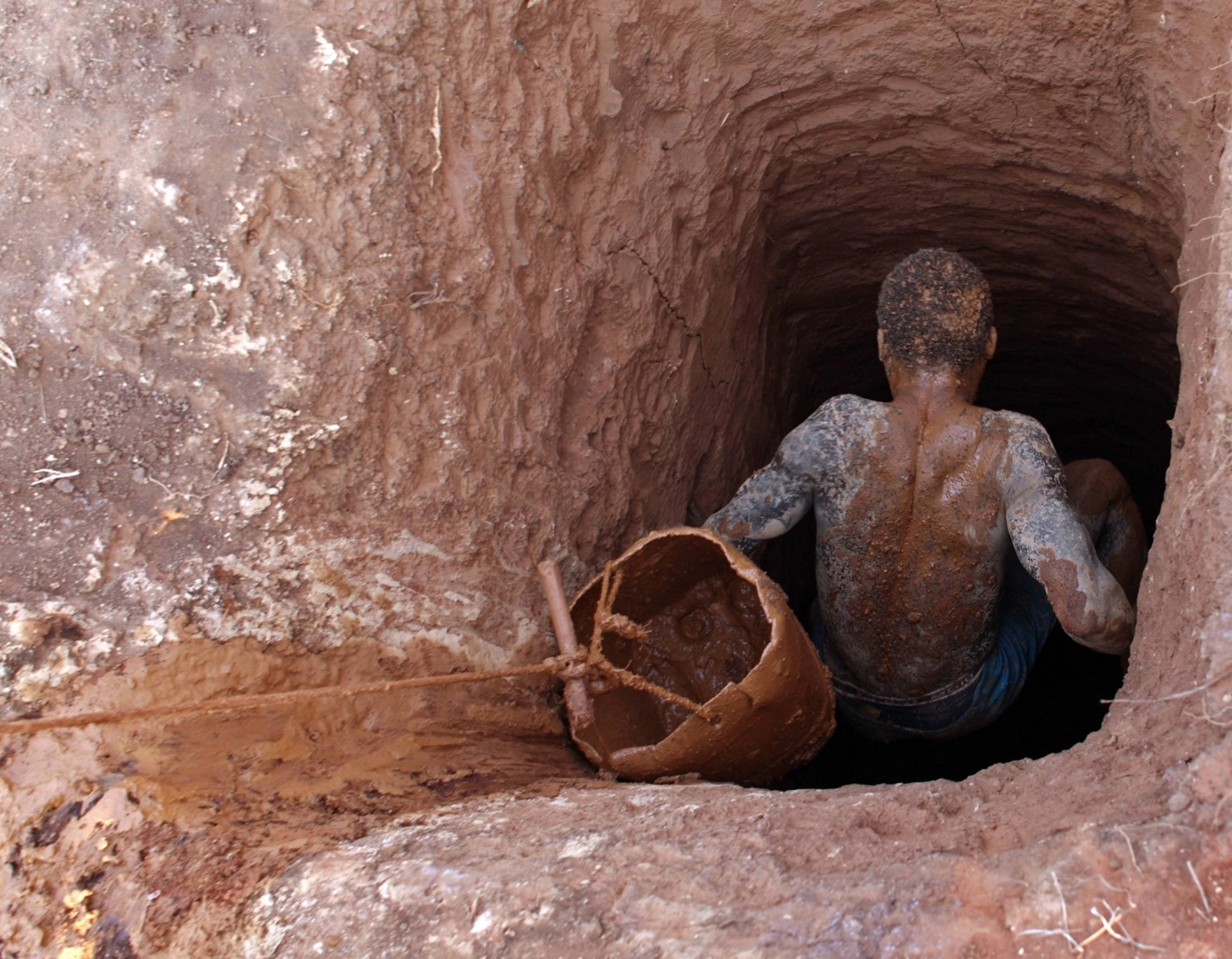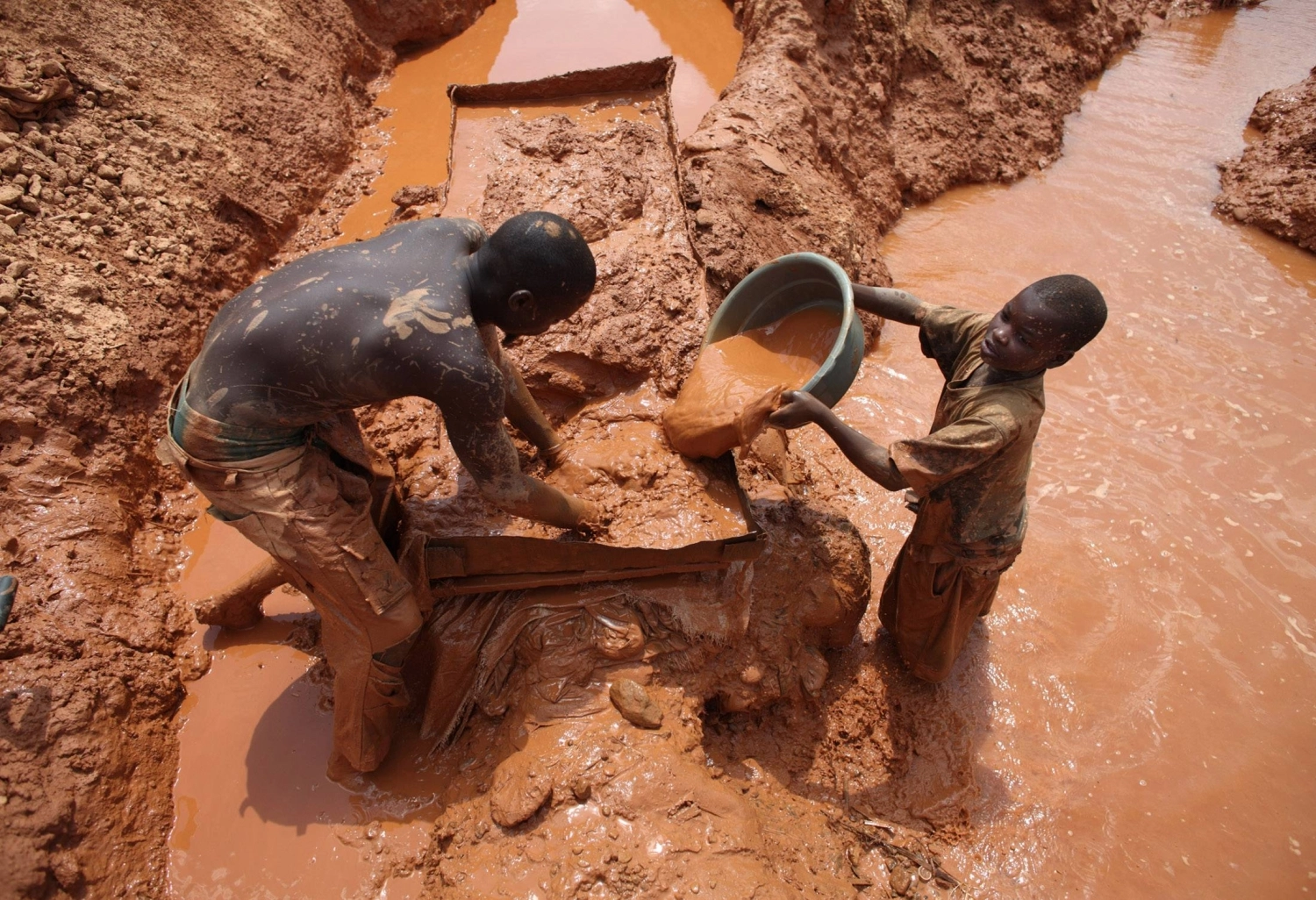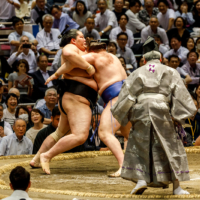Digging for gold and jewels is backbreaking and dangerous work, carried out without the most basic protective equipment, and it is illegal. But for the barefoot miners in Mozambique's Manica province, the risks are worth it.
Manica, which borders Zimbabwe to the west, has become a magnet for desperate men, hoping to strike gold or unearth precious stones using picks and shovels. "There's a lot of money here," said Fernando Massada, who is among hundreds of men mining in the Mucurumadze region.
The miners, known as garimpeiros, come from all over southern Africa and include Mozambicans, Zimbabweans and Malawians.
Massada said he once extracted 270 grams of gold on a single day and used the money to renovate his house and buy a motorbike.
"That's why it's not easy for us to leave," he said.
But such dreams have a toxic side. The rivers around the mining sites are polluted, and mercury has seeped into the soil, creating a nightmare for farmers.
Mozambique has about 230,000 artisanal miners, according to 2021 figures from the National Statistics Institute (INE), and Manica province has 338 small-scale mining sites, of which 288 are active.
The World Bank estimates about 10 million people in rural areas in sub-Saharan Africa are engaged in artisanal mining.
A report last year from the World Gold Council said illicit trade in gold from artisanal mining was feeding conflicts from Ukraine to Sudan, funding terrorism and fueling organized crime.
But for the men toiling in Mucurumadze, the perilous work is a lifeline in one of the world's poorest countries, even if the rewards are hard to predict.
"It depends on luck," said Zimbabwean Simon Chibata, who has lived in Mozambique since 2015 and has been mining since 2017.
He lives 60 kilometers from Mucurumadze and sometimes spends a week at a time at the mines.
Miners can sell the gold directly to buyers who come to the sites, and many choose to do so even though the prices are lower than in the town of Manica, about 10 km away. They fear being stopped by authorities in town.
At the mines, gold sells for $69 per gram, while in Manica town it goes for about $116 per gram.
"Sometimes, you can earn enough money to go home the same day you arrive," said Chibata, a father of seven children.
Artisanal mining in Mozambique took off in the late 1980s with the closure of large-scale mining production sites, including gold mines, in Manica. Farmers and migrant workers joined those prospecting illegally for gold.
"We must acknowledge that many Mozambicans engage in (illegal) mining as a means of livelihood, without observing the environmental and safety regulations that are commonly required," then-Minister of Mineral Resources and Energy Carlos Zacarias said last year.
In June, at least three gold miners were killed in the collapse of a mine in Manica.
Another danger is the use of mercury, one of the top 10 chemicals of public health concern, according to the World Health Organization.
Illegal miners use mercury to extract gold particles from the sand and rock and then burn off the toxic metal, which turns to vapor and is absorbed by plants, soil and rivers.
Mercury can damage the nervous system, kidneys, liver and immune system, and it is linked to birth abnormalities.
Artisanal and small-scale gold mining accounts for up to 40% of global mercury emissions, according to the United Nations.
A 2022 study by researchers at Mozambique's Pungue University found that constant burning of mercury in Manica has increased soil mercury concentrations.
The mining in Mucurumadze has polluted the Revue, Nhancuarara and Mucurumadze rivers, affecting the communities living along their banks. The waters are also full of silt because of mining activities nearby.
The Revue feeds the Chicamba Hydroelectric Dam and supplies the region's water treatment plant as well as communities.
Environmentalist Rui Silva, who has analyzed the effect of mining on other rivers in Mozambique, said illegal mining leads to deforestation as well as river and soil contamination.
"This is serious because these activities pollute river ecosystems, affecting both health and agricultural activities for those not involved in mining," Silva said.
About 10 km from the mining site, Marta Arminda used to grow vegetables using river water but she says she can no longer do so.
"The water has been dirty and full of mud. Even if I watered lettuce or onions, they wouldn't grow because the soil would dry out — the water has too much sediment," said the mother of five children.
Instead, she sells food to miners at the mining site.
"It's not as profitable as growing vegetables, but I can't just sit idle," she said.
About 500 fishermen have abandoned their trade due to pollution in the Revue and Chicamba rivers, which caused fish numbers to drop, said Sibiao Kunai, head of the Chicamba Dam Fishing Community Council.
Neither Mozambique's Ministry of Mineral Resources and Energy nor the Ministry of Health responded to requests for comment.
Silva said he believes the problems can only be mitigated by raising awareness among miners about the negative impacts.
But for people like Tembo Mucanha, a Malawian who has been mining in Manica for nearly a decade, it is hard to picture an alternative.
He returned to Malawi in 2019, but the effects of the COVID-19 pandemic in his homeland, also one of the world's poorest countries, drove him back across the border to Mozambique.
"I had to return because this is all I know how to do in life," he said. "Here, I feel I have a profession that gives me decent money."

























With your current subscription plan you can comment on stories. However, before writing your first comment, please create a display name in the Profile section of your subscriber account page.